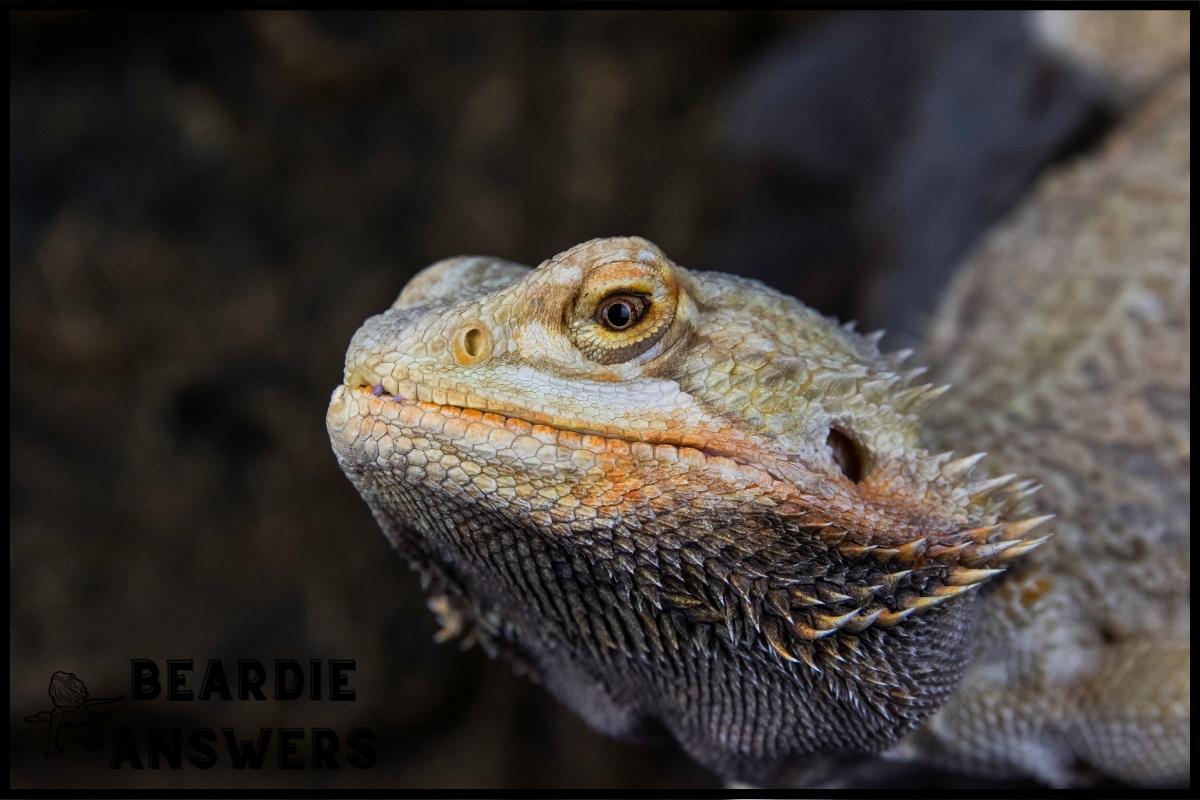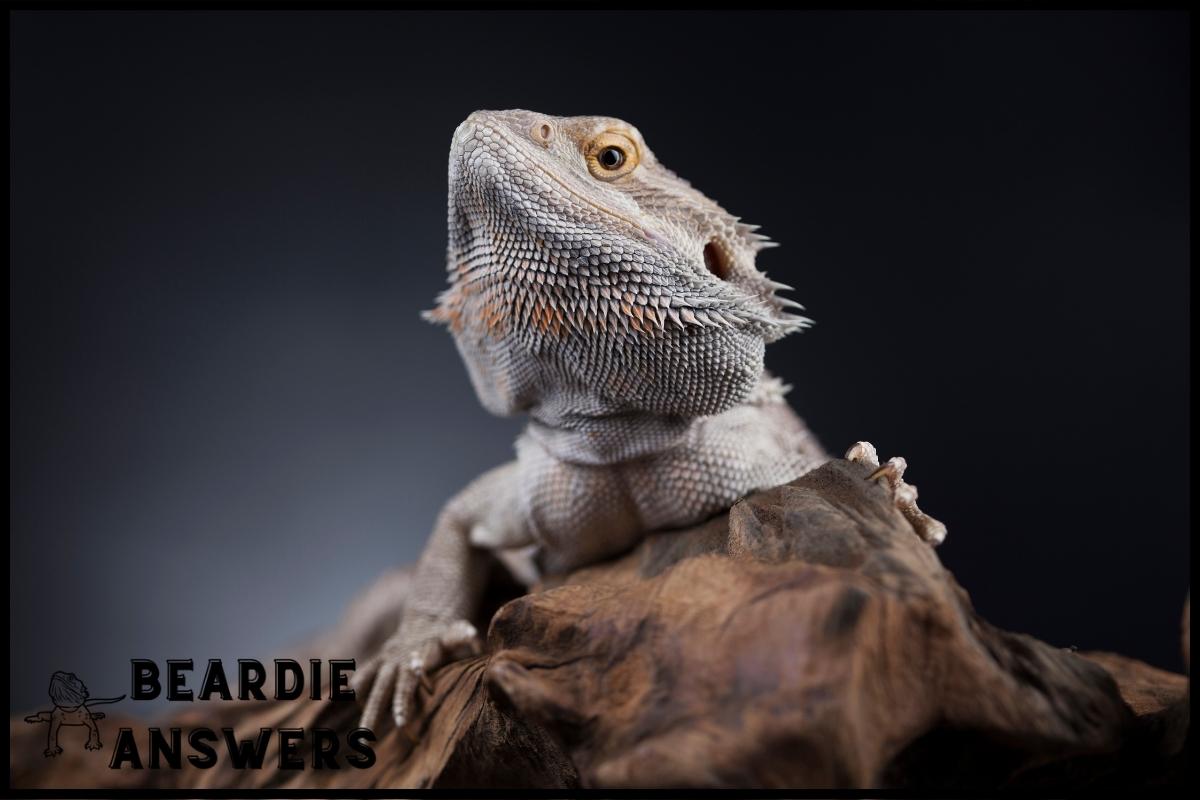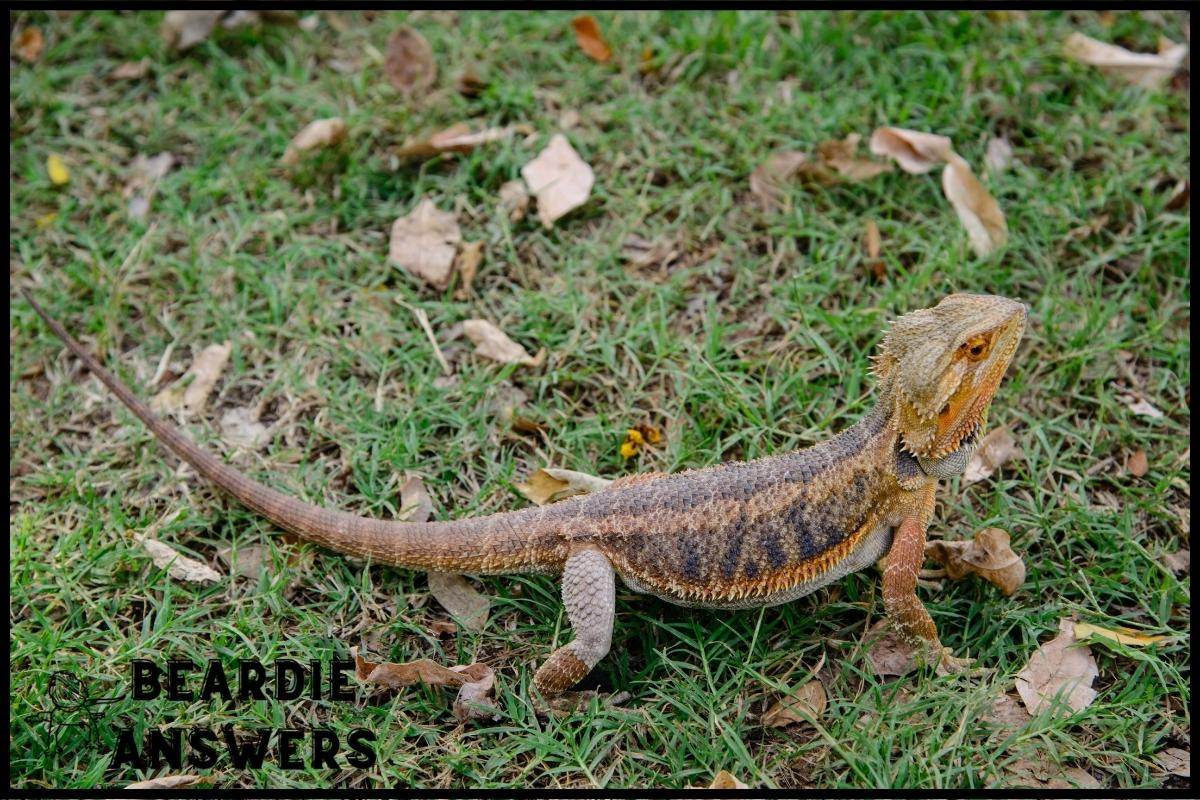Lettuce can be offered as an occasional treat for bearded dragons, but it is not a suitable staple food due to its low nutritional value and high water content. Instead, offer a variety of dark, leafy greens such as collard greens, mustard greens, and kale to provide the necessary vitamins and minerals.
What You'll Learn
Benefits Of Leafy Greens For Bearded Dragons
When it comes to nutrition, bearded dragons have an insatiable appetite for leafy greens! Just like humans, these reptiles need a diet that is vitamin rich and full of natural ingredients. Leafy greens are the perfect source of essential vitamins and minerals needed to keep them healthy – they provide more than just extra crunch in their mealtime routine!
However, while leafy greens are beneficial for bearded dragons, lettuce should be avoided as much as possible. Lettuce contains very little nutritional value compared to other vegetables; it lacks the calcium sources necessary for gut health and does not offer any added benefits when it comes to vitamin supplementation.
This means that beardies can still enjoy lettuce on occasion – but it will never replace their main source of sustenance from nutrient-rich veggies such as kale or mustard greens. As tempting as it may be to give your pet a special treat every now and then with some fresh lettuce leaves, remember that moderation is key when feeding your beloved dragon.
Why Lettuce Is Not As Nutritious For Bearded Dragons
Lettuce is a popular food choice for bearded dragons, but it’s not as nutritious as other greens.
Lettuce contains high water content and low fiber, making it difficult to digest.
For this reason, it should only be fed in moderation as part of a balanced diet.
It does not provide the same level of vitamins and minerals that more nutrient-rich vegetables like collard greens or mustard greens offer.
Though lettuce can be an occasional treat for your pet dragon, there are better alternatives available to give them a healthier diet.
Transitioning away from lettuce and offering alternative vegetables will help ensure your beardie gets all the nutrition they need to stay healthy and happy.
Alternatives To Lettuce For Bearded Dragons
Piquant plants provide plenty of possibilities for bearded dragons. Lettuce may be less nutritious than other greens, but it can still play a part in providing variety and balance to their diet. With the right approach, this plant can bring beneficial enzymes and calcium sources that help keep your beardie healthy and happy.
When deciding what lettuce varieties to feed your dragon, avoid iceberg as its nutritional value is lacking compared to other types. Instead opt for romaine or butterhead lettuces which offer a greater range of vitamins, minerals, fiber and protein – all important components of any balanced reptile meal plan.
Also look out for dark green leafy vegetables such as spinach or kale which are rich in calcium that helps aid with growth. Incorporating other edible plants like collard greens and dandelion leaves into your pet’s meals will also add texture and flavor while adding essential nutrients missing from store-bought processed foods.
With so many plant options available you have a great opportunity to make sure your bearded dragon has access to a wide array of vitamins and minerals needed for optimal health. From crunchy heads of lettuce to crisp dark leafy veggies there are lots of ways to ensure they get the nutrition they need without having to resort solely on commercial diets.
How To Feed Lettuce To Bearded Dragons
When feeding lettuce to bearded dragons, it is important to remember moderation. Lettuce should only be given as a small part of the overall diet and not make up more than 10% of their meals. It’s also important to consider the variety of lettuce being fed; darker leafy greens are generally better for them than lighter lettuces.
Feeding lettuce can easily become part of your meal planning routine along with other veggies and feeder insects. When introducing new foods into your dragon’s diet, do so slowly by offering small amounts at first and gradually increase over time if they seem to enjoy it. Be sure to remove any uneaten or wilted food after 24 hours in order to prevent bacteria build-up that could lead to health issues.
It’s wise to monitor how much lettuce you’re giving them and vary their diets so they get adequate nutrition from other sources such as:
- Fruits and vegetables
- Insects (like crickets)
- Supplements like calcium powder
By doing this, you’ll ensure that your beardie gets all the nutrients they need while still enjoying occasional treats like lettuce!
Conclusion
The truth is, many factors come into play when it comes to the eating habits of bearded dragons. Whether lettuce should be included in their diet or not can only be determined by considering their overall health and nutritional needs. Lettuce provides some nutrients that other greens may lack – however, it must be supplemented with a variety of foods to create an optimal balance of vitamins and minerals necessary for optimum health.
To make sense of this complex dietary dilemma, let’s break down the pros and cons associated with feeding a bearded dragon lettuce:
| Pros | Cons |
|---|---|
| Low calorie content | High water content |
| Source of Vitamin A & K | Contains oxalates which are difficult for lizards to digest |
| Can help supplement calcium levels | Not as nutritious as other green vegetables such as kale and collard greens |
It is evident, then, that while there are benefits to adding lettuce to your pet’s diet – moderation is key if you want them to enjoy a balanced nutrition plan that meets all their dietary requirements. Thus, it is important to weigh up both sides before deciding whether or not to include lettuce in your bearded dragon’s meals. Ultimately, taking into account the species-specific needs of your lizard will ensure they receive adequate nourishment without any potential risks getting in the way.

Hi! My name is Bryan, I am the “one behind the words” here are BeardieAnswers.com. I believe that providing quality care and nutrition is the best way to ensure the health of your pet. Every beardie is special and deserves the best care and attention. If you have questions about your bearded dragon, please don’t hesitate to ask! View My Full Author Page




